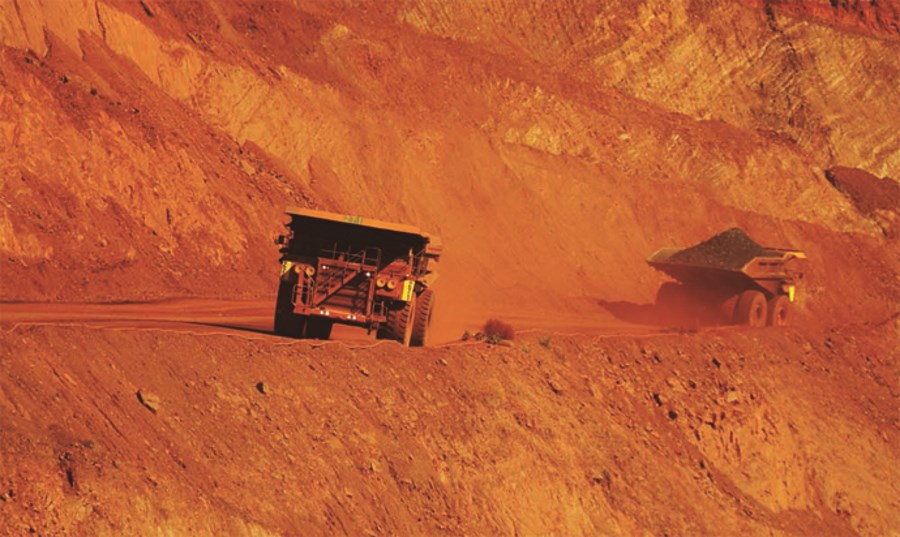
The latest list of the top places to invest in mining is dominated by developed countries with long histories of success in the industry, but this probably isn’t a good thing.
The Fraser Institute’s annual survey of mining companies ranked Western Australia state as the most attractive jurisdiction for investment, as it moves up from the number two spot previously, replacing the U.S. state of Nevada, which slipped to third spot.
The 2019 survey, released on Feb. 25, placed Finland in second spot, Alaska in fourth and Portugal in fifth.
Perhaps the biggest surprise in the survey of global mining executives is the poor performance of Canadian provinces, with not one managing a top 10 spot
Perhaps the biggest surprise in the survey of global mining executives is the poor performance of Canadian provinces, with not one managing a top 10 spot, with Saskatchewan coming in 11th, Ontario 16th, Quebec 18th and British Colombia 19th.
In the previous survey Canada had four of its provinces in the top 10.
Canada has traditionally been a powerhouse in terms of mining attractiveness, and its weakness in the latest survey was attributed to rising concern about environmental regulation and risks over land claims and title issues.
What the survey shows for Canada is that uncertainty is a confidence killer among mining executives, who will be more likely to look elsewhere to invest capital if a country’s taxation and regulatory regimes appear to change too often.
The survey also highlights the increasing risk of environmental activism, especially in developed countries such as Canada.
Some of the issues over land claims by indigenous Canadians have roots in concern about environmental damage from mining operations, a situation that has the potential to expand to other jurisdictions in the developed world.
Environmental concerns are certainly a factor in Australia, especially in the eastern states such as Queensland and New South Wales, where coal mining dominates and attracts massive interest from both detractors and supporters.
This can be seen by New South Wales slipping to 47th out of 76 jurisdictions for mining attractiveness in 2019, down from the 42nd spot, and Queensland dropping two slots to 15th place.
Western Australia’s climb to the top of the mining attractiveness index is mainly about iron ore, and to a lesser extent gold.
The state is the world’s largest exporter of iron ore and its top quality deposits are matched by a government that understands the need to support its most important industry.
Both Rio Tinto and BHP Group, the top iron ore miners in Australia, are investing sizeable amounts in expanding their operations.
Rio is spending $2.6 billion to develop the Koodaideri iron ore project, and BHP is committing $3.6 billion to its South Flank mine, with both of these projects currently being the biggest undertaken by the companies.
Rio is also still evaluating the Simandou iron ore project in Guinea, of which its owns 45.05% and is described on the company’s website as a “world-class” deposit.
The Fraser Institute ranked Guinea in the 20th spot in terms of mining attractiveness, which may sound poor compared to Western Australia, but makes it the highest-ranked country in Africa, the next best being South Africa in 40th place.
It may be reading too much into the rankings, but it’s worth noting that Rio invested in the top jurisdiction, but is still continuing to “work with the government of Guinea to explore options” on the Simandou project.
The problem for mining companies is that the number of available projects in the top jurisdictions are limited. At the same time, some of the best deposits in the world are in places where doing business is risky.
Finland and Portugal may have scored in the top five in the Fraser Institute rankings, for instance, but their industries are relative minnows and unlikely to attract massive investment dollars.
Conversely, some of the best potential mineral deposits are in countries in the bottom 10, including Tanzania, Argentina, Zambia and the Democratic Republic of Congo.
The real challenge for the mining industry is how can it get those weak countries to change enough to make them attractive enough to risk investing in them.
(By Clyde Russell; Editing by Tom Hogue)
Comments